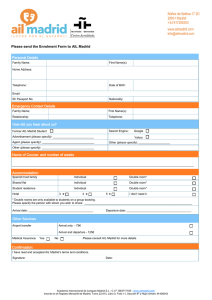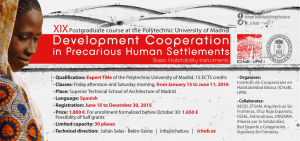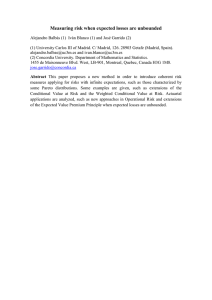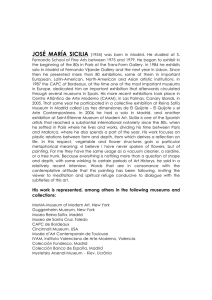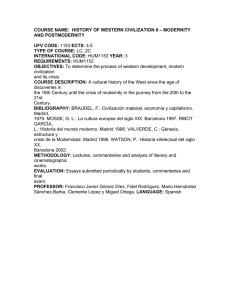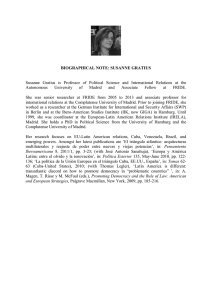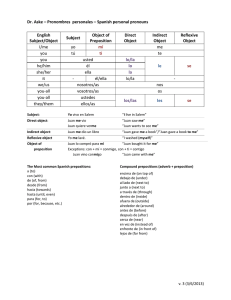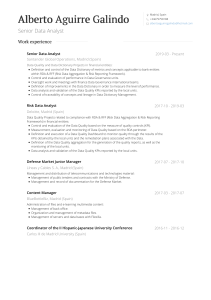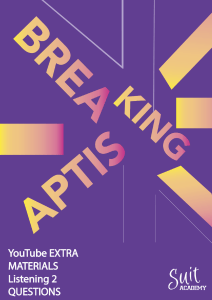At that time there was not only a return to painting, but a wide range
Anuncio
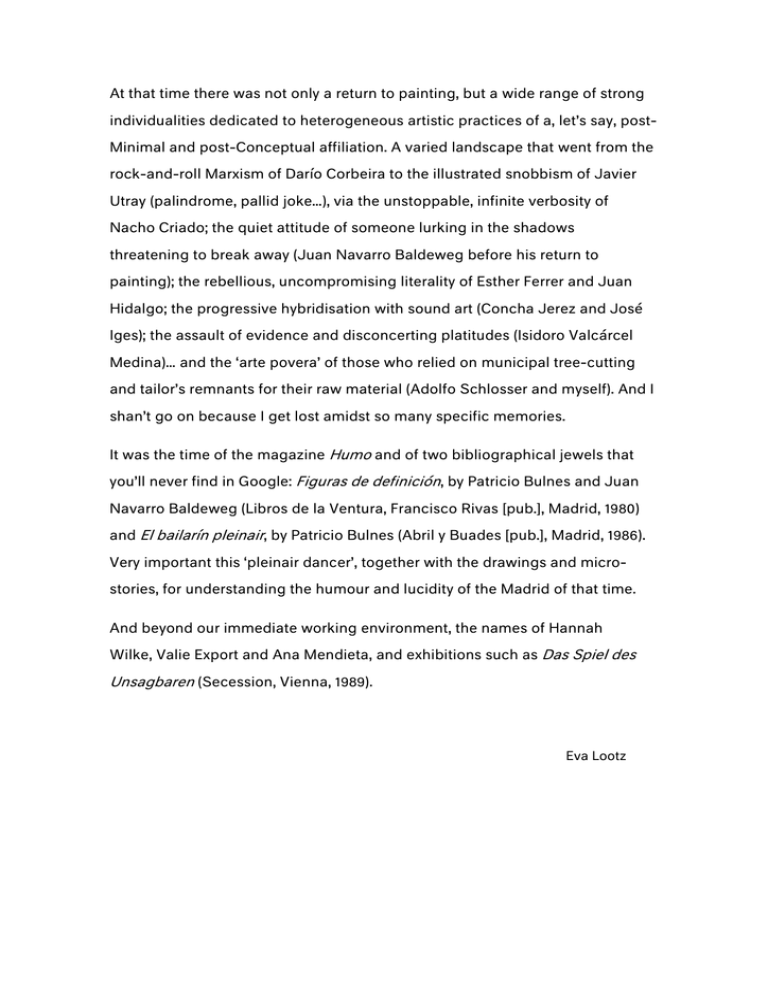
At that time there was not only a return to painting, but a wide range of strong individualities dedicated to heterogeneous artistic practices of a, let’s say, postMinimal and post-Conceptual affiliation. A varied landscape that went from the rock-and-roll Marxism of Darío Corbeira to the illustrated snobbism of Javier Utray (palindrome, pallid joke…), via the unstoppable, infinite verbosity of Nacho Criado; the quiet attitude of someone lurking in the shadows threatening to break away (Juan Navarro Baldeweg before his return to painting); the rebellious, uncompromising literality of Esther Ferrer and Juan Hidalgo; the progressive hybridisation with sound art (Concha Jerez and José Iges); the assault of evidence and disconcerting platitudes (Isidoro Valcárcel Medina)… and the ‘arte povera’ of those who relied on municipal tree-cutting and tailor’s remnants for their raw material (Adolfo Schlosser and myself). And I shan’t go on because I get lost amidst so many specific memories. It was the time of the magazine Humo and of two bibliographical jewels that you’ll never find in Google: Figuras de definición, by Patricio Bulnes and Juan Navarro Baldeweg (Libros de la Ventura, Francisco Rivas [pub.], Madrid, 1980) and El bailarín pleinair, by Patricio Bulnes (Abril y Buades [pub.], Madrid, 1986). Very important this ‘pleinair dancer’, together with the drawings and microstories, for understanding the humour and lucidity of the Madrid of that time. And beyond our immediate working environment, the names of Hannah Wilke, Valie Export and Ana Mendieta, and exhibitions such as Das Spiel des Unsagbaren (Secession, Vienna, 1989). Eva Lootz
